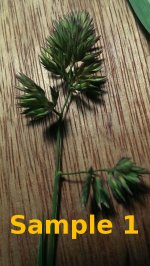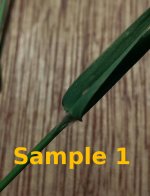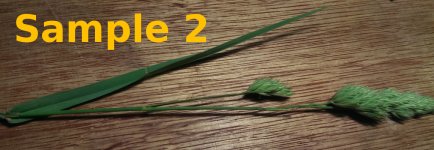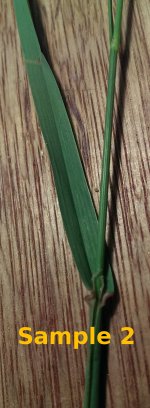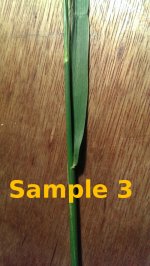Strigiform
Rising Star
I have noticed a lot of grasses popping up that look similar to Phalaris grasses discussed elsewhere on this forum. I have picked out three samples of grasses that might be active, and I was wondering if anyone would be able to identify them, since I know very little about grasses.
Each pair of images is associated with a sample. I have tried to take a picture of the top of the plant as well as the stem. The first two samples have a translucent ligule, which I understand to be a feature of Phalaris Arundinacea.
Any input is deeply appreciated!
Each pair of images is associated with a sample. I have tried to take a picture of the top of the plant as well as the stem. The first two samples have a translucent ligule, which I understand to be a feature of Phalaris Arundinacea.
Any input is deeply appreciated!

